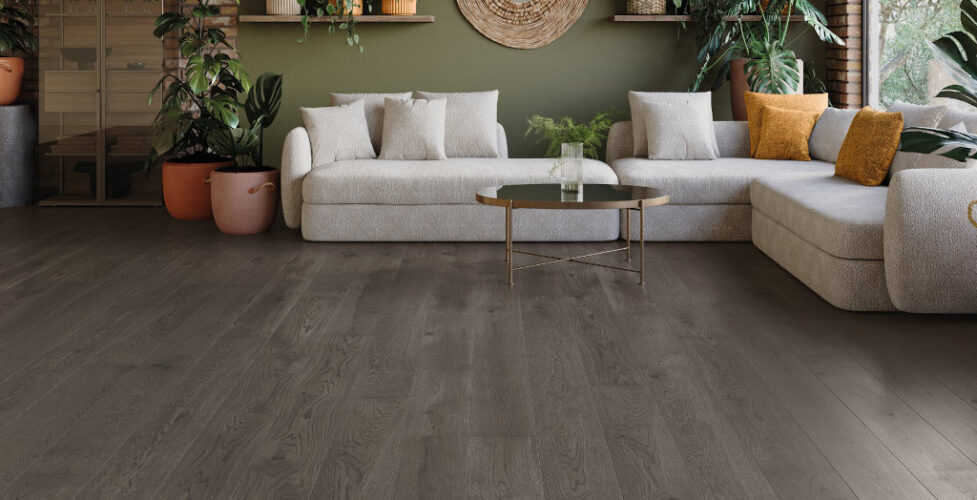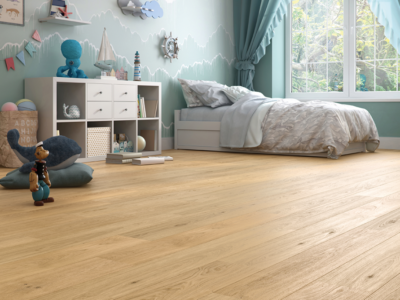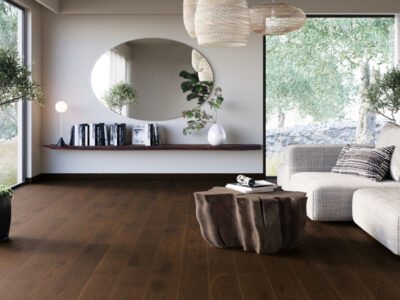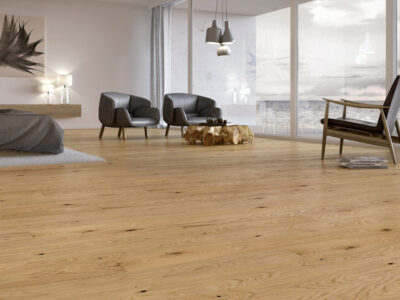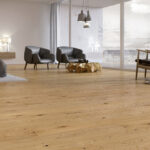Unlike synthetic floors, which often contain harmful chemicals, natural floors are health- and eco-friendly. It is therefore not surprising that an increasing number of conscious consumers are choosing natural materials for interior design. Find out which floors can be described as natural and discover their top 5 benefits.
Types of natural floors
Natural floors can be made of different types of materials, most commonly:
- wood,
- cork,
- bamboo,
- stone (marble, granite, etc.).
Each one of these types of flooring has different characteristics, durability and purpose. They have only one thing in common: the fact that they are made of natural material.
Wooden floors
Natural floors, both solid wood boards and three-layered wooden floors are versatile and suit various interior styles, ranging from classic to modern.
Baltic Wood three-layered wooden floors consist of the following layers: the top layer, made of a noble species of wood, and the support layers, which are made of spruce. They are easy and quick to install.
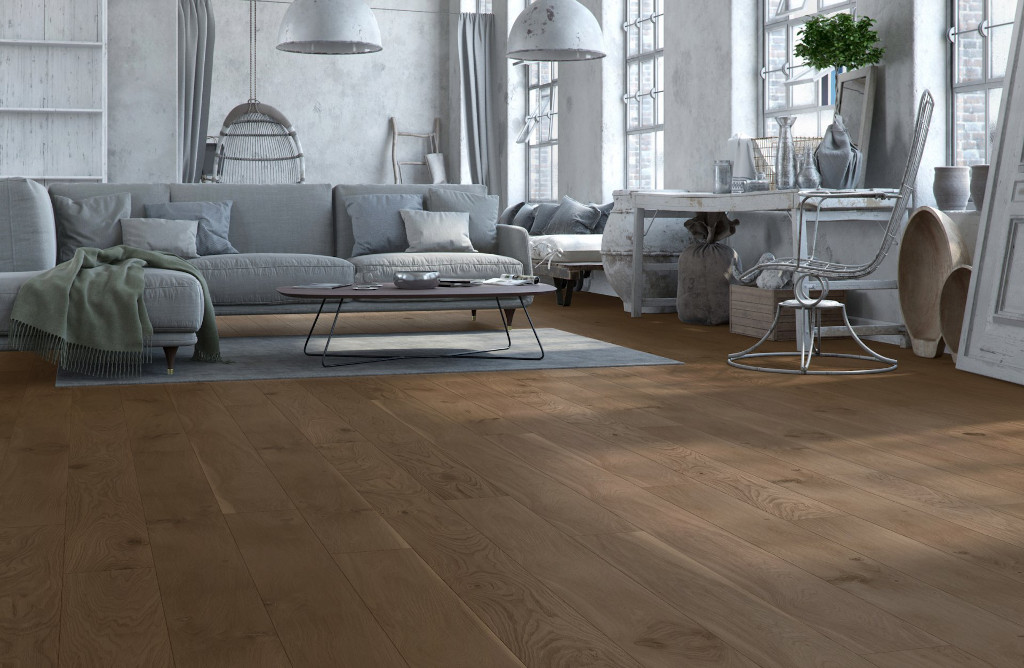
Cork flooring
Cork floors are made from cork oak bark, which is a renewable resource. Cork floors are soft, which makes them safe for children and the elderly, but consequently less durable against mechanical damage, compared with wood.
Also, not everyone will like the aesthetics of cork flooring and this is why, among others, cork is a much less popular finishing material than wood.
Bamboo flooring
Another natural material used to make floors is bamboo, which grows chiefly in Asia. It is a raw material that grows quickly and can be harvested without any harm to the environment. Unfortunately, not every bamboo floor can be described as natural, because sometimes the production process involves use of chemicals that may contain harmful substances.
Bamboo flooring may be less durable than wood flooring, and is more sensitive to humidity and temperature fluctuations, which can lead to warping.
Stone flooring
Natural stone such as marble, granite or travertine can be used for making floors. Stone floors are extremely durable, but unfortunately cold to the touch. In addition, they can be slippery, especially when wet.
Stone floors have a neutral effect on health, but unfortunately they are also very expensive, which is why they are rarely used in apartments or houses.
Why choose natural floors?
Natural floors have 5 key advantages that artificial floors do not.
1. Effect on home micro-climate
Natural floors, especially wood floors, are capable of regulating indoor humidity. Wood absorbs excess moisture and gives it back when the air is dry. This makes the apartment’s micro-climate more stable, which contributes to the household members’ well-being and health.
2. Effect on health
Natural flooring, produced using eco-friendly adhesives, oils or varnishes, is free of the harmful chemicals that some synthetic flooring materials can give off. What substances are these? We explain this in the article entitled “Healthy floors: free of formaldehyde, phthalates and other harmful substances.”
The absence of toxins and allergens makes natural floors safe for health, especially for allergy sufferers and people with respiratory problems. Natural materials do not give off volatile organic compounds (VOCs), which means cleaner and healthier air in the home.
3. Remarkable aesthetics
Natural floors, especially wood floors, boast unique aesthetics that cannot be faked with synthetic materials. Each wooden board has a unique grain pattern. Natural wooden floorboards add a touch of class and cosiness to interiors, while fitting into any design style.
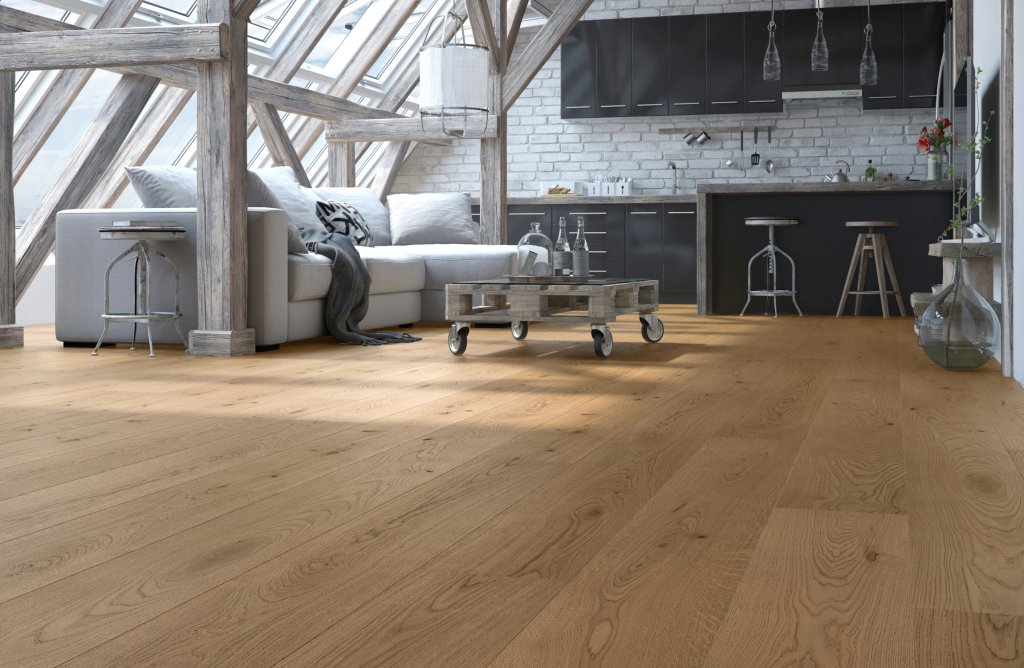
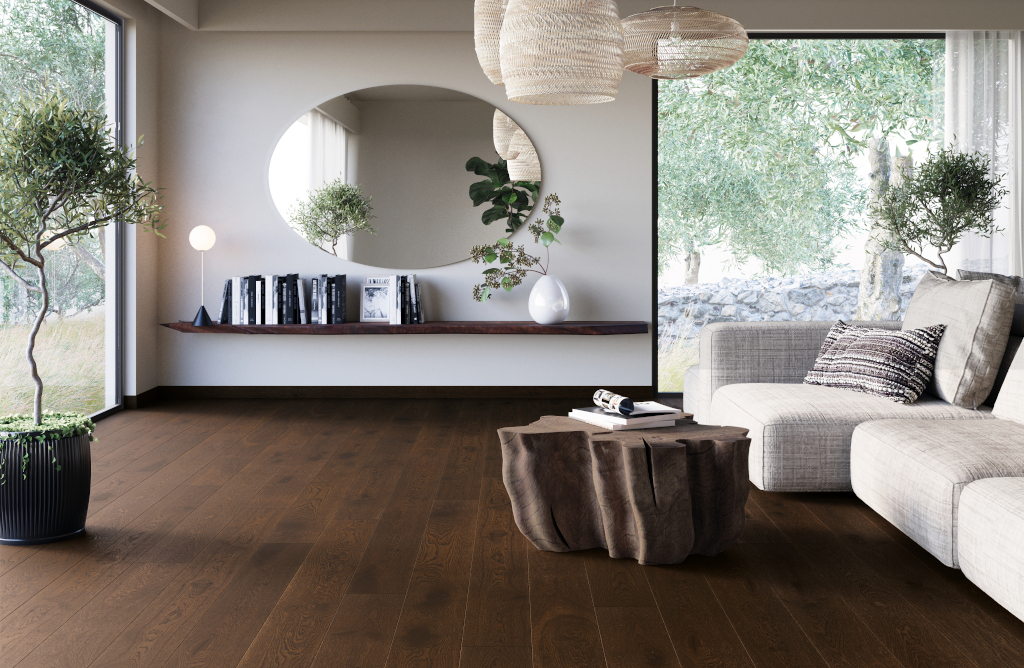
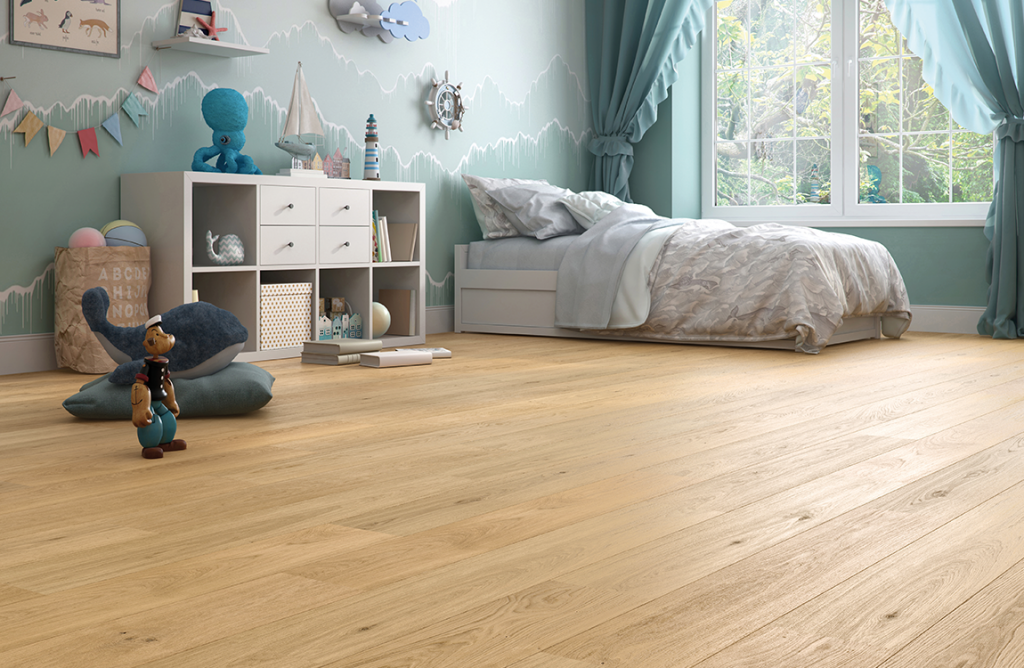
4. Durability and multiple renovatability
Natural wood floors are characterised by their exceptional durability. With proper care, they can last for decades.
Furthermore, unlike many artificial materials, wood floors can be renovated multiple times. Sanding and varnishing restores their original appearance, which significantly extends their lifetime, and makes the investment in natural wood panels worthwhile in the long term.
The thicker the top layer of the wooden floorboards, the more times it can be renovated. Baltic Wood offers floors with top layers of 2.7 mm, 3.5 mm, and as thick as 6.6 mm. The latter one can be renovated up to nine times, and it can be found in the NoLimits Collection.
5. Environmental impact
Natural floors are much more eco-friendly than their synthetic counterparts. Wood, cork or bamboo are renewable resources that can be sustainably obtained.
The production of natural wood flooring generates less waste and CO2 emissions than the production of synthetic materials. Besides, natural floorboards can be recycled or composted, thereby minimising their environmental impact at the end of their life expectancy.
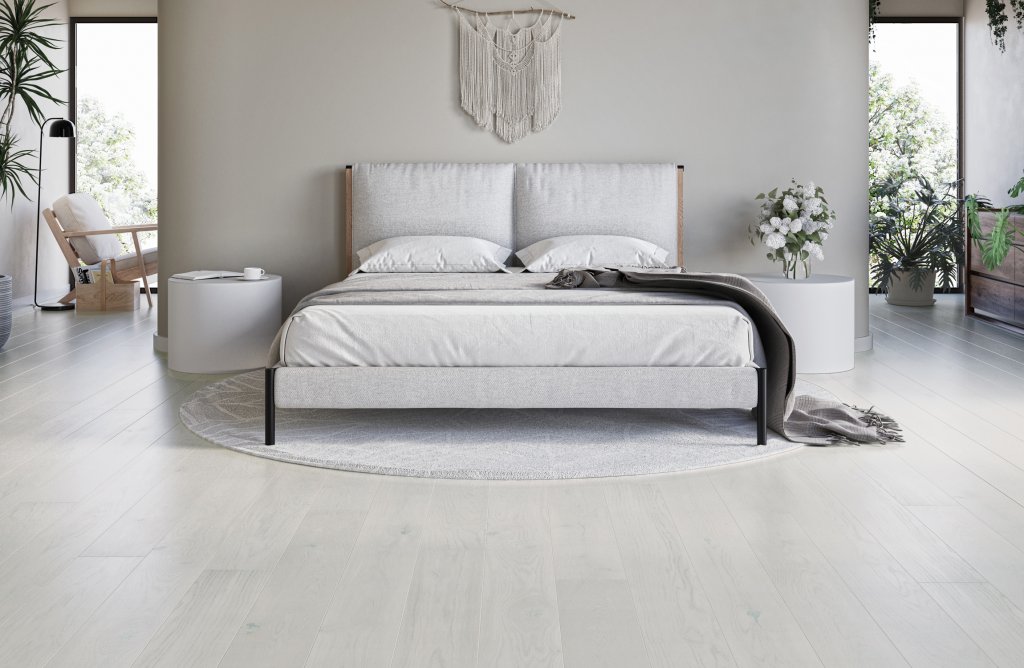
Which natural floor to choose?
Choosing the right natural floor depends on many factors, e.g.:
- interior style,
- functionality,
- available budget,
- user preferences.
For decades, the most popular natural floors have been made of wood, as they have the most advantages, are versatile and at the same time have unique aesthetics. However, since they easily absorb moisture, they are often replaced by stone floors in bathrooms.
Bamboo and cork flooring, on the other hand, although usually affordable, lose out to wood flooring in terms of durability, strength and aesthetics. While wood looks beautiful in any interior, cork flooring is hard to imagine in classic, English-style, glamour, modern and many other living rooms.

